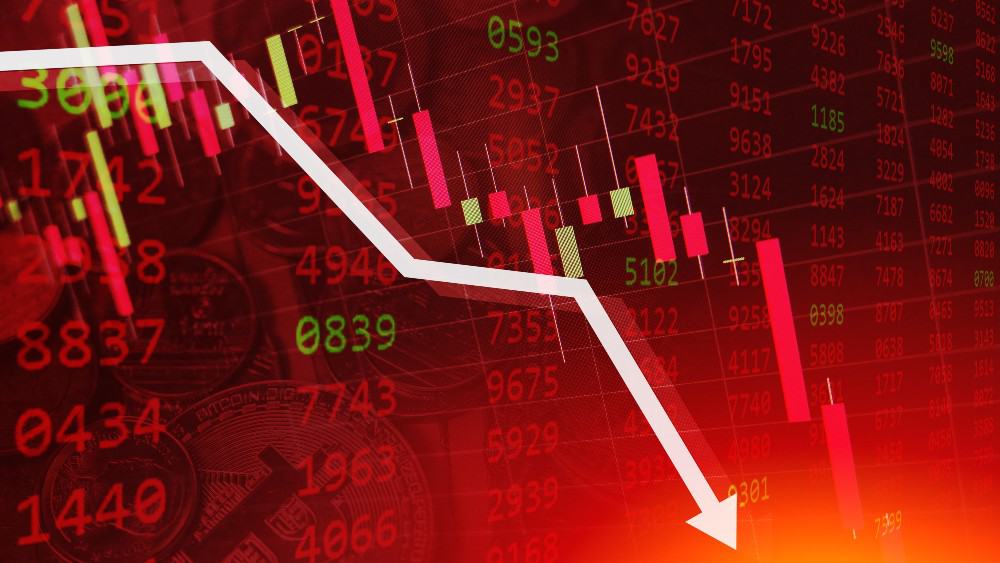On Monday, I wrote about Buffett’s third-quarter purchases and how they indicated a coming bull market in stocks. Today, I’m going to talk about another Buffett-related indicator that points in the opposite direction.
The Buffett Indicator is a famous ratio popularized by Warren Buffett during the dot-com bubble. The ratio is market cap to gross domestic product (GDP). In 2001, Buffett said, “It is probably the best single measure of where valuations stand at any given moment.” Today, the ratio is historically high, which is definitely not a good sign for stocks.
Where the Buffett indicator sits today
According to Advisor Perspectives, The Buffett Indicator currently sits at 181. That’s above the historical norm. Generally speaking, the higher the Buffett indicator, the worse the reading. That’s because a high Buffett indicator suggests overvaluation. When the Buffett indicator is high, stock prices aren’t justified by economic fundamentals. Over the long term, that tends to result in falling stock prices.
Where it could be headed
While the Buffett indicator is high now, it needn’t necessarily remain high until a stock market crash lowers it. An abrupt GDP spike could have the same effect. Currently, economic activity is artificially being kept down by forced business closures. Assuming the affected businesses are able to survive, they’ll get back to business when the forced closures end. That will result in a quick jump in GDP, as corporate earnings begin to swell.
The only question mark is how long the second wave of lockdowns will last. If it goes on for much longer, many businesses will have to close permanently. If that happens, a huge, dramatic GDP spike may not materialize.
A solid investment for an overheated market
If you’re worried that the current stock market is overheated, you may want to look into other investments — specifically, bonds. While government treasuries yield almost nothing now, corporate bonds are a different story. So a corporate bond play could be a great way to smooth out the volatility in your portfolio.
Consider the BMO Mid-Term U.S. IG Corporate Bond Index ETF (TSX:ZIC). It’s a Canadian ETF built on U.S. corporate bonds. At today’s prices, it yields about 3%. That’s much better than government bonds and GICs. If you invest $100,000 in ZIC, you’ll get about $3,000 back in annual income.
That’s frankly half decent for bonds these days. Interest rates are low across the board, and ZIC yields about the same as a good dividend stock. So its 3% yield is nothing to sneeze at.
By getting corporate bond ETFs like ZIC in your portfolio, you get substantial protection from stock market volatility. When the stock market crashes, you can sell a bit of your bond portfolio, and re-balance back into stocks. There’s even a specific portfolio rule called the 60/40 rule that says you should be in 60% stocks and 40% bonds at all times.
By selling part of your bond portfolio to get stocks back up to 60% after they’ve crashed, you increase your portfolio return — definitely a strategy worth looking into.










